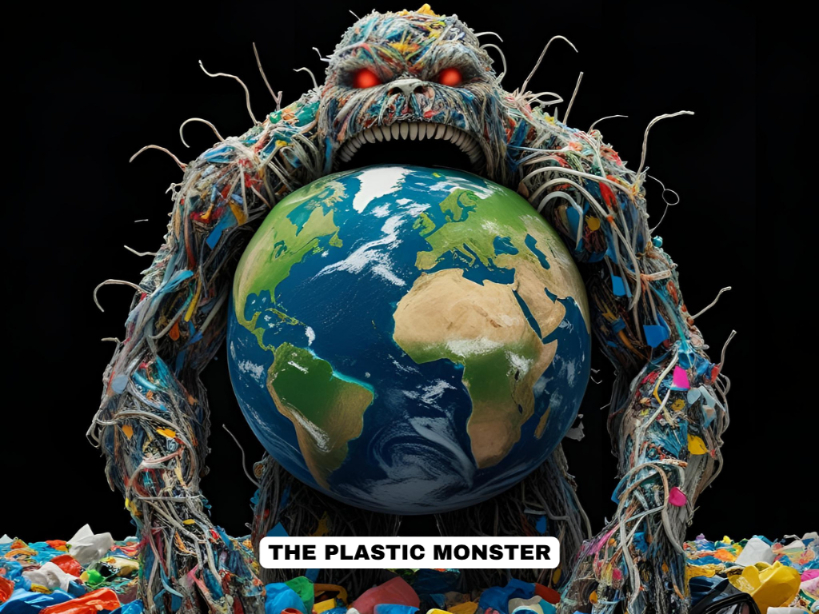FROM FORESTS TO THE SEA: WHY CHOOSING PAPER OVER PLASTIC MATTERS MORE THAN EVER
As the world comes together this month to celebrate World Environment Day and World Oceans Day, we’re reminded of the delicate balance between human activity and the planet’s health. While awareness around climate change and biodiversity loss has grown, one silent threat continues to choke ecosystems both on land and beneath the waves: plastic pollution.
In contrast, paper emerges as one of the most viable alternatives in our collective move toward sustainability. It’s renewable, biodegradable, recyclable, and, crucially, doesn’t linger in the environment for centuries like plastic does.
PLASTIC: THE LAND-TO-OCEAN CRISIS
It’s no secret that plastic waste is suffocating our planet. Every year, over 8 million tons of plastic end up in the oceans, harming marine life and infiltrating the food chain through microplastics. But the problem doesn’t begin at sea, it starts on land.
Plastic waste generated in cities, landfills, and industrial zones often makes its way into rivers and waterways, eventually spilling into the oceans. Even so-called “biodegradable plastics” take decades to decompose and often require specific conditions not available in natural environments.
What’s more alarming is the invisibility of the threat: microplastics, tiny particles formed as plastic breaks down, have been found in rainwater, seafood, drinking water, and even in the lungs and bloodstreams of humans.
PAPER: A MATERIAL THAT GIVES BACK
In stark contrast, paper offers a cleaner, smarter alternative.
- Biodegradable & Compostable: Unlike plastic, paper decomposes naturally in a matter of weeks to months, without releasing toxic substances.
- Recyclable: Paper can be recycled 5 to 7 times before its fibers wear out, making it a cornerstone of the circular economy.
- Energy-Efficient Recovery: Modern paper mills use fiber recovery systems and closed-loop water processing to reduce energy consumption and minimize waste.
- Ocean-Safe: Paper packaging, when it escapes into nature, does not cause lasting harm to marine ecosystems.
REPLACING PLASTIC WITH PAPER: A SCALABLE SOLUTION
From food packaging and retail bags to takeaway containers and even straws, paper is proving its versatility across industries. Governments and brands alike are phasing out single-use plastics, and paper-based alternatives are leading the charge.
Yet, this shift must be handled responsibly. Not all paper is inherently sustainable—what matters is the source and the system. Forest stewardship certifications, recycled content, and clean production processes are key to ensuring that paper remains an ally in our fight for a greener planet.
Our choices, whether as businesses or individuals, shape the demand chain. Opting for paper-based packaging, supporting plastic bans, or asking for sustainably sourced materials all signal to manufacturers that the market is ready for change.
This June, let’s not just celebrate our environment and oceans in theory. Let’s act. Let’s choose materials that align with regeneration, not degradation.
At Coniferous, we stay updated on global trends in sustainable materials, fiber recovery, and eco-conscious paper production. Because when we choose paper wisely, we don’t just wrap a product, we wrap our commitment to the planet.


